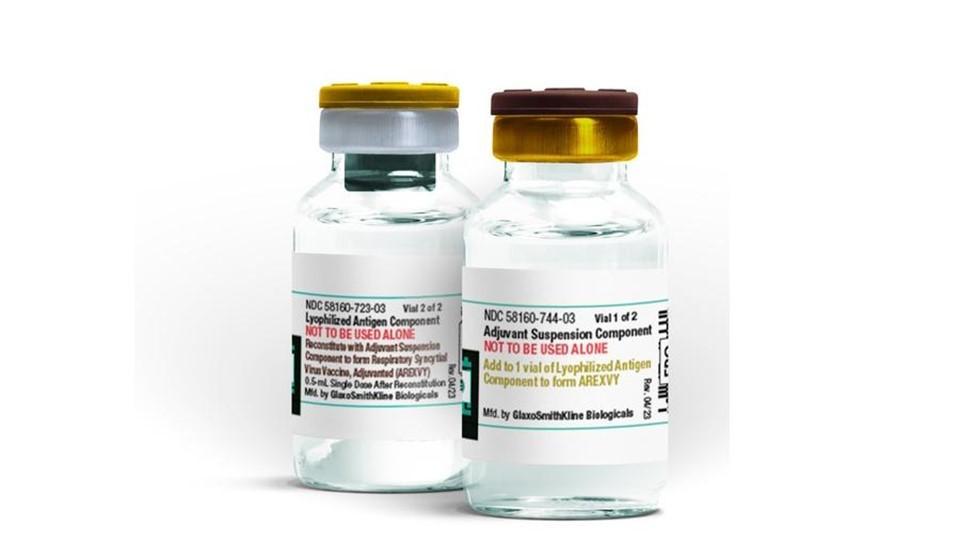EMA pilot will see if clinical trial data should be digested 'raw'

A pilot study has been launched by the EMA to see whether it is helpful for regulators to look at the 'raw data' from clinical trials submitted in support of new marketing application along with the usual structured analyses from sponsors.
The pilot will focus on individual patient data from clinical studies in electronic structured formats that are "accessible for analysis and visualisation," said the EU regulator.
That could include original observations and measurements of clinical study participants, such as lab results, imaging data, and patient medical charts. It has been quick to give reassurance that any analysis of patient data will comply with the EU's data protection requirements.
The EMA is looking for pharma companies that are about to submit marketing applications for products to participate in the pilot, which is expected to last two years and cover up to ten regulatory submissions.
Currently, the EMA's human medicines committee (CHMP) carries out its assessment of new medicines or post-marketing label extensions using data from clinical summaries and information reported in clinical study reports (CSRs).
However, in some circumstances, "regulators may benefit from having access to raw data during the assessment of the medicinal product," says the agency in a document explaining the thinking behind the pilot.
"Access to raw data can assist regulators in understanding the submitted evidence and therefore inform the regulatory decisions on the benefit-risk balance of the product," it continues.
One advantage would be to allow reviewers access to data that sometimes leads to a round of questions and answers between the CHMP and sponsor, which can extend the overall review time for an application. It may also help the regulator to define target treatment populations better.
The EMA has already carried out groundwork on the concept by carrying out a retrospective review of reviews that incorporated raw data, but now wants to see how it would work with new, prospective assessments.
Companies wishing to take part in the pilot can contact the EMA here, and those selected will be able to file their applications, including raw data from September of this year.
The EMA said the raw data pilot is derived from one of the ten priority recommendations issued by the EU's Big Data Task Force, which said that there was a need to improve the EMA's ability to analyse data collected at individual patient level to better inform regulatory decision making.













